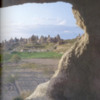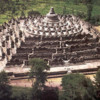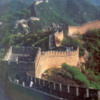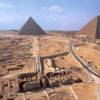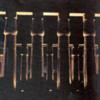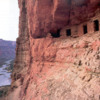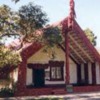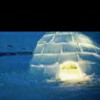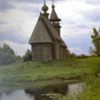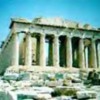This is incredibly interesting dear Inda!



I have been lately reading "Lindesfarne Letter" eometry and Architecture. I know your Estonians build many spires reaching so high...

Maybe the reason is in the following quote:
~ ~ ~ ~ ~
The Sacred in Architecture has common ground with health and cosmology, since the inner essence of correct and appropriate form in Architecture is based on a resonance of harmony and health. Total healthiness comes from wholeness, which is holiness. This resonance enables a consonance to sound from microcosm through mesocosm to macrocosm, and is the root and secret to finding unity and the unified experience.
The material world is subject most dramatically and universally to the laws of gravity - in human experience that which "pulls down" to earth. The realm of life, however, is dominated by
levity, a word meaning "up-lift" that has significantly fallen out of use in the English language since the Industrial Revolution. If the material world is essentially about "pulling down" (entropy?), then the human world, particularly as understood in the inspiring philosophy and ideals of a sacred tradition, is essentially about "lifting up." As all life draws up to the light, so is the human psyche attracted to the elevating principles which act as constant regenerators to the forms and beings of our world.
Architecture, as sacred expression, is concerned with the power of levity in the physical, emotional, intellectual, inspirational and ontological realms, always dedicated to raising experience to a more inclusive and comprehensive unity and integrity. Therefore, it is not without relevance that the vertical dimension is so often the dominant one in so much of sacred architecture.
There are architectural principles that transcend different cultural expressions. These are based on elemental and primordial factors and demonstrate how structure on the physical level is integral with structure on the metaphysical level. They are analogous to the universal anatomical and physiological laws, transcending culture or race, that rule our human bodies: the blood groups, for instance, are a most insistent symbol of human unity on a physical level despite all the differences of skull shape, skin color or hair texture. We must not lose sight, however, of the fact that the Anthropos is the collective archetype for the whole human family - without which to be human has no meaning.
~ ~ ~ ~ ~
There is information in that description that speaks to the eternal self and unity consciousness that meditators and positive futures thinkers can use! I KNEW levity was important!  - light being to all!!!
- light being to all!!!My own understanding of humans constructing
THINGS in the best way is: "As above, so below" meaning we reflect the cosmic principles as best we can to be in harmonious balance with all, the cosmos, or God. I have read that entire towns were designed by wise ones who overlooked the entire area, and planned the paths into and around the structure to be in alignment with cosmic processions such as sun, moon and important constellations. From Stonehenge to Aztec pyramids and towns to airport designs these functions are clear. Since you are starting this post with caveman and the ancient archetects, here are some temple layouts of Chemetan (Egyptian) towns and monuments. I believe walking through a procession in those days would have been fabulous. Brazilian Carnival perhaps comes close, or the Vatican.


The great pyramids were supposed to be covered in white in their prime, what a glorious view eh? Interestingly the word Architecture has the root word "Arch," and the Islamic arches were a gift to southern European cultures such as Italy, Spain and Portugal. Not arch-enemies, but arch-friends! he he..



As a reference as to why I am so thrilled about this subject, see my
greatest reference below, I was "Information Architect" for TIS Worldwide (Transaction Information Systems) on 2nd and Market in SF.

And Givnology is my greatest architectural creation (thanks to you all)!



Love and light being, Teo





